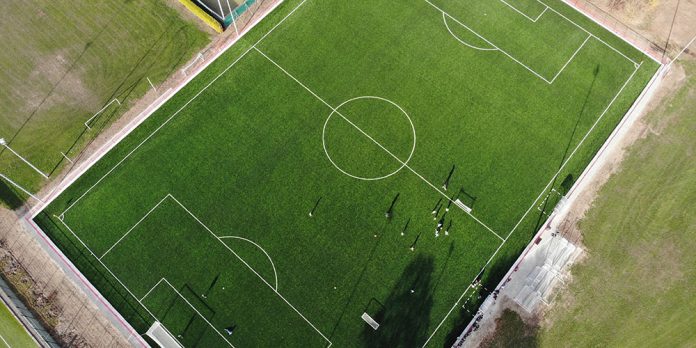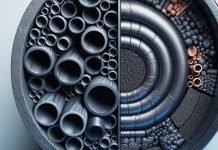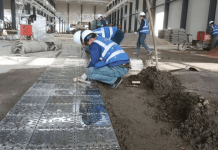It is more common to substitute natural grass with artificial grass in today’s environment. Because artificial grass is somewhere better than natural grass, many sports fields, especially in athletics, use one of the many different kinds. For instance, it can be used more frequently and doesn’t need sunlight or mowing.
Below we will discuss the types of synthetic grass and how they differ from each other.
Football Turf
Typically, football turfs range in file height from 40 to 60 mm. FIFA has approved 55 mm as the ideal height for football fields. Monofilament and fibrillated yarns are the two types of threads used to make football turfs. Machines weave synthetic football field carpets. Every football turf carpet contains drainage channels and a covering on the underside.
Football turf can be any size because they come in a variety of sizes. Before installing football grass, the football pitch’s surface must be extremely leveled. Under the grass carpet, there must be geotextile. Football turf cannot be used for long if the subsurface is not very well leveled.
Hockey Turf
Initially, nylon was used to create artificial turf for field hockey. Coatings made of polypropylene (PP) and polyethylene (PE) were later created. PP filaments are tougher and more bristle-like than nylon, making them more durable. PE fibers have typically prevailed as the hockey club standard since they are softer and more pleasant for the players.

Tennis Turf
The tennis turf nature D3 is made of polyethylene monofilament fibers that are environmentally safe, devoid of lead or other heavy metals, and shaped like an olive. The Nature D3 has a natural appearance and offers a relaxing playing experience. One of CCGrass’s most well-liked fake grass products for tennis fields. It has more than 2.5 million square meters in volume and has been installed in more than 40 countries.
Multi-Purpose Sports Turf
An excellent football performance can be obtained by installing the multi-sport system over shock pads. While the curled yarn (“thatch”) down in the grass stabilizes the infill layer at the base of the turf, the longer fibers give a “green” top. This type of turf is not just for football fields but also for hockey and rugby.
Final Thoughts
Artificial grass is better than natural grass for many reasons. It can be used more frequently and doesn’t need sunlight or mowing. CCGrass’s synthetic tennis turf nature D3 is made of environmentally safe monofilament fibers, devoid of lead or other heavy metals, and shaped like an olive.










